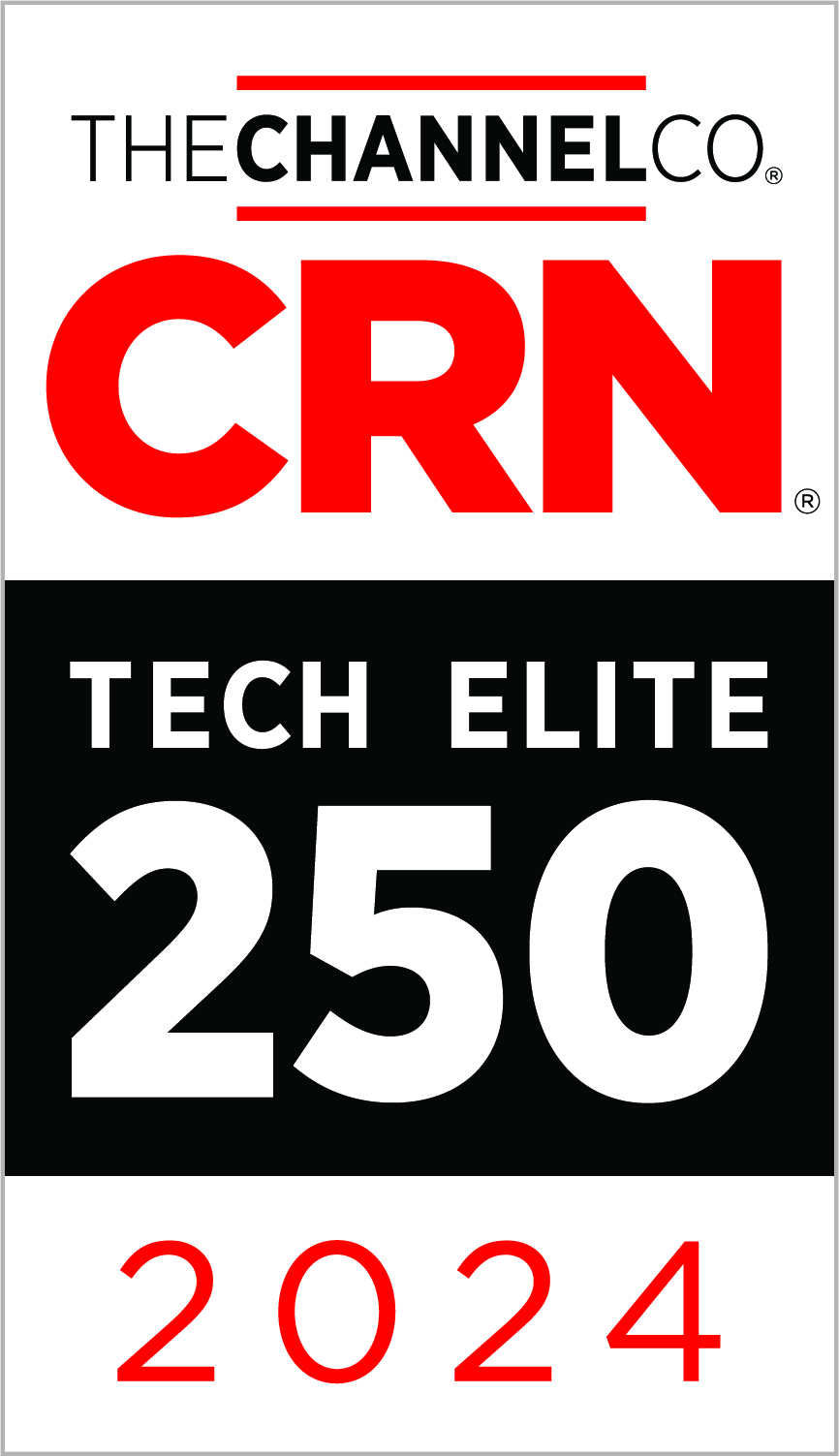What will your next Storage Platform be?

In my last two posts, I wrote about the importance of understanding your current environment before setting out on a search for new data storage solutions; and I touched on the topic of Flash Arrays. Understanding your current environment will help you establish a baseline for where to start but should also help you document where you want to go and the business problems you need to solve with a new Storage solution.
I wrote about Flash because it has become a viable solution recently as prices have come down and drive sizes have increased (at least one storage array provider is offering a 4TB SSD). In fact, according to one source, over 60% of array startups are built around Flash. Consequently, you won’t be able to research Storage Arrays today without having a flash discussion.
While Flash solutions have certainly come down in price recently, they still cost more than spinning disk. However, the reason Flash has become a viable solution is largely due to the technology advancements that help maximize space utilization while still providing the performance we would expect. The challenge comes in trying to sort out all the implementations of these technologies across the various Flash Storage Array providers.
The primary space-saving technologies employed across most Flash solutions today include de-duplication, compression, and thin provisioning. Still other storage solutions may use a combination of Flash technology with a tier of inexpensive nearline HDD. All of these technologies are aimed at giving you the performance of Flash and the capacity of traditional HDD at a cost that can still fit within most budgets.
As I looked at the space-saving technologies used by many of the most popular Flash solutions, the importance of understanding your business requirements (apart from any particular technology) was underscored for me. It’s very easy to get caught up in a discussion about inline vs. post de-duplication or the method by which thin-provisioning is accomplished, etc. And while these discussions may be useful at one level, the real question you need to ask is whether or not the solution will meet the business requirements you defined at the beginning of your Storage Array search.
 Storage technology is evolving at an incredible pace, and there are more choices today than ever before. Is spinning disk a technology that’s going away? Eventually. But spinning disk isn’t dead yet, and the technology still meets the requirements of many businesses. The death of tape for backup has been heralded for years now, but it is still being bought and deployed because it meets the needs of certain environments. If you decide that Flash Arrays are the direction you want to go, then remember to focus on your business requirements and don’t get too caught up in the implementation of any particular technology unless it has a real business value.
Storage technology is evolving at an incredible pace, and there are more choices today than ever before. Is spinning disk a technology that’s going away? Eventually. But spinning disk isn’t dead yet, and the technology still meets the requirements of many businesses. The death of tape for backup has been heralded for years now, but it is still being bought and deployed because it meets the needs of certain environments. If you decide that Flash Arrays are the direction you want to go, then remember to focus on your business requirements and don’t get too caught up in the implementation of any particular technology unless it has a real business value.
Regardless of the type of storage array you choose, be sure to understand answers to the following questions:
- How does the solution provide for capacity expansion?
- How do you increase performance on the array?
- What does management of the array look like?
- How would you migrate from your current array?
- Are there any drivers or agents required on hosts that would use the array?
- What level of integration does the array have with your Compute platforms (Microsoft, VMware, Hyper-V, AIX, etc.)?
You’ll certainly have developed your own list of questions to add to the above list.
Categories
Search
Blog Categories
Related Resources
Archives
- July 2024
- June 2024
- May 2024
- April 2024
- March 2024
- January 2024
- October 2023
- September 2023
- August 2023
- July 2023
- June 2023
- May 2023
- April 2023
- March 2023
- February 2023
- January 2023
- October 2022
- July 2022
- June 2022
- May 2022
- April 2022
- March 2022
- February 2022
- January 2022
- December 2021
- November 2021
- October 2021
- September 2021
- August 2021
- July 2021
- June 2021
- May 2021
- April 2021
- March 2021
- February 2021
- January 2021
- December 2020
- November 2020
- October 2020
- September 2020
- August 2020
- July 2020
- June 2020
- May 2020
- April 2020
- March 2020
- February 2020
- January 2020
- December 2019
- November 2019
- October 2019
- September 2019
- August 2019
- July 2019
- June 2019
- May 2019
- April 2019
- March 2019
- February 2019
- January 2019
- December 2018
- November 2018
- October 2018
- September 2018
- August 2018
- July 2018
- June 2018
- May 2018
- April 2018
- March 2018
- February 2018
- January 2018
- December 2017
- November 2017
- October 2017
- September 2017
- August 2017
- July 2017
- June 2017
- May 2017
- April 2017
- March 2017
- February 2017
- January 2017
- December 2016
- November 2016
- October 2016
- September 2016
- August 2016
- July 2016
- June 2016
- May 2016
- March 2016
- February 2016
- January 2016
- December 2015
- October 2015
- September 2015
- August 2015
- July 2015
- June 2015
- May 2015
- April 2015
- March 2015
- February 2015
- January 2014
- February 2013




